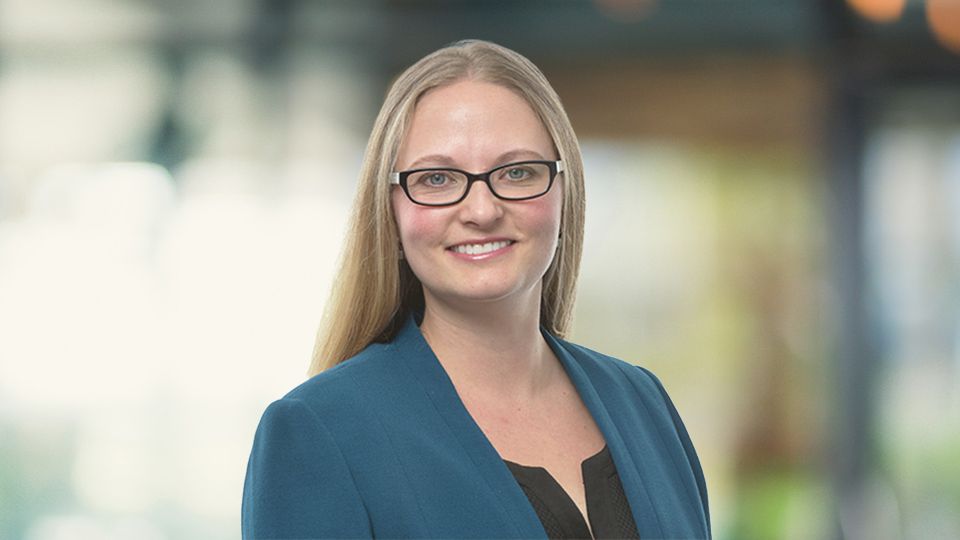Impact investors need to be focused on individual sectors and markets in response to the stress test of the last 12 months on balancing impact and financial returns in emerging market equities.
According to UBP AM, Covid-19 has thrown into sharp relief how wide the gaps are between different EM countries. As a result, this poses challenges for reaching the UN’s Sustainable Development Goals (SDGs).
“[This] has potentially strong implications for years ahead in terms of economic and financial performance,” said Mathieu Nègre, senior portfolio manager positive impact emerging markets.
“We believe many opportunities will arise in sectors that can benefit from the multi-year investment cycles that result from the UN SDGs,” he added.
Knowing where to look
UBP AM’s approach to sifting through the impact emerging equity investment universe in a post-pandemic world is to divide it into three parts: first, those firms profoundly and negatively impacted by the pandemic; second, those names that are benefiting from an acceleration in growth due to the pandemic; and third, those stocks for which the pandemic was a mere bump in the road and where the growth outlook remains intact.
In line with this, in terms of sectors, renewable energy will likely continue to benefit from elevated growth rates and the focus on achieving decarbonisation goals.
It has been spurred by post-pandemic recovery plans having a higher-than-expected “green” content, in turn triggering re-ratings for many electric vehicle (EV) and clean energy providers. At the same time, key economies such as China, Japan and South Korea have announced carbon neutrality targets. This was followed in 2021 by the return of the US to the climate change negotiating table.
“Because many long-term commitments still need to become reality, we expect the trend of favourable regulatory decisions to continue,” said Nègre.
Further, he added, with the price of carbon in the EU increasing, the rise of electric vehicles (EVs) in the transport mix as a near-certainty, and current expectations for renewable energy could even be improved.
In other industries, such as education and financial inclusion businesses – including mobile payments, microcredit and SME financing – while many companies suffered substantially during the pandemic, UBP AM expects them to perform well in the next few years.
Microcredit, for example, might not be the catch-all solution it was once perceived to be, but Nègre sees it as a valuable financial tool that provides flexibility to microentrepreneurs in many low- and middle-income countries. “If it can continue to do that, volumes should go up substantially over this.”
In education, meanwhile, despite shorter term disruption in enrolments of new students and income for higher-learning institutions, the long-term outlook for demand is unchanged.
“The rationale in emerging markets to get a higher education is well known and not something that has changed over the last 12 months,” added Nègre. “Some of the markets we invest in, particularly in Latin America, have the largest salary premiums in the world for young university graduates, meaning the incentive is not going away.”
Capitalising on post-Covid trends
To capture these different opportunities, UBP AM uses the SDGs as a roadmap.
“Each theme represents a number of SDGs, sub-goals and industrial verticals. Each vertical also has its own dedicated objective and associated target KPI,” Nègre explained.
The aim is always to derive these KPIs directly from the target company, but in the absence of this, there are instances where UBP AM uses industry proxies.
“Our mapping of the SDGs allows us to invest accordingly and thus to benefit from the drivers of the different sectors,” Nègre added.









